Bailey bridge connecting Khurkot and Manthali nears completion
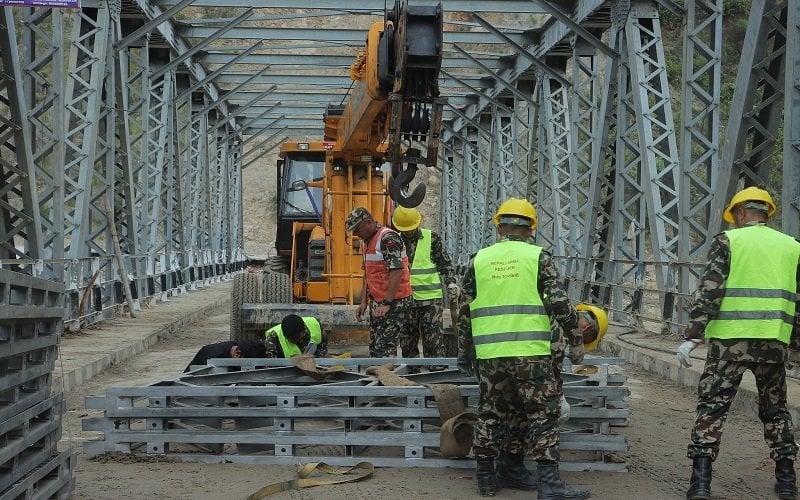
Kathmandu, October 18 — Following the flooding that swept away the bridge connecting Khurkot in Sindhuli and Manthali in Ramachhap, the installation of a Modular Panel Bridge (MPB) has reached 80% completion. The technical team from the Nepal Army's 14th Brigade based in Gauchhar, Kathmandu, has stated that only 20% of the work remains for the installation of the temporary Bailey bridge.
The incessant rainfall during the second week of Ashwin caused flooding that partially washed away the permanent motorable bridge over the Sunkoshi River, which links Golanjor Rural Municipality-7 in Sindhuli and Ward 6 of Manthali Municipality in Ramachhap. On Wednesday, the Nepal Army installed an MPB to reconnect Sindhuli and Ramachhap districts.
Colonel Narayan Tumbahamfe, the commander of the Design Unit of the Nepal Army's 14th Brigade, confirmed that the Bailey bridge installation would be completed in full. The road division office has assured that with the immediate provision of necessary materials, the Bailey bridge installation will be finalized within a week. However, he noted that even if the required materials arrive on time, it will still take an additional week for the bridge to become operational.
The floods caused by three days of continuous rainfall during the second week of Ashwin washed away 50 meters of the bridge connecting Khurkot and Manthali. Following the disaster, the government assigned the Nepal Army the responsibility for the installation of the Bailey bridge, which commenced on Ashwin 20.
According to Colonel Tumbahamfe, while the installation work began on the 20th, only seven days of work were completed due to the intervening Dashain festival. He cited a shortage of essential materials as the cause of delays in the construction.
The road division office in Hetauda was responsible for providing the necessary materials, and the government tasked the Nepal Army with the labor for the Bailey bridge installation. However, the road division initially delivered only 80% of the required materials. The remaining 20% comprised critical components. In a subsequent phase, only 10% of the materials arrived, leaving another 10% short.
"The delay in the installation of the Bailey bridge was due to the late arrival of crucial materials. Approximately 90% of the materials were sourced from Hetauda," he stated. "After the 10% was missing, additional materials were sourced from the bridging unit of the Nepal Army located in Lahan and Tanahun, which only arrived on Wednesday morning."
The bridge connecting Khurkot in Sindhuli and Manthali in Ramachhap spans a total of 100 meters, of which 50 meters were washed away by the flood. When converted to feet, this totals 167 feet, while the installed Bailey bridge measures 180 feet.
Thus, two types of bridges have been constructed: one measuring 50 meters and another 50-meter steel truss bridge, with the Bailey bridge installed in between.
"Every bridge has a load class, with a capacity of 20 tons; however, constructing the bridge with equipment exceeding that weight posed risks," Tumbahamfe explained. "We undertook the risk in our bridge installation. If we had failed to balance the weight, there would have been a significant risk of the bridge collapsing into the river."
The most critical aspects of the bridge installation have been completed, though much work remains. "Given that this is a two-phase bridge, there is a slope that needs to be constructed as part of one phase. Additionally, decking (the area for vehicles to cross) on the bridge and another ramp are yet to be built," he noted.
Once the Bailey bridge installation is complete, it will be tested for load-bearing capacity before being opened for operation.


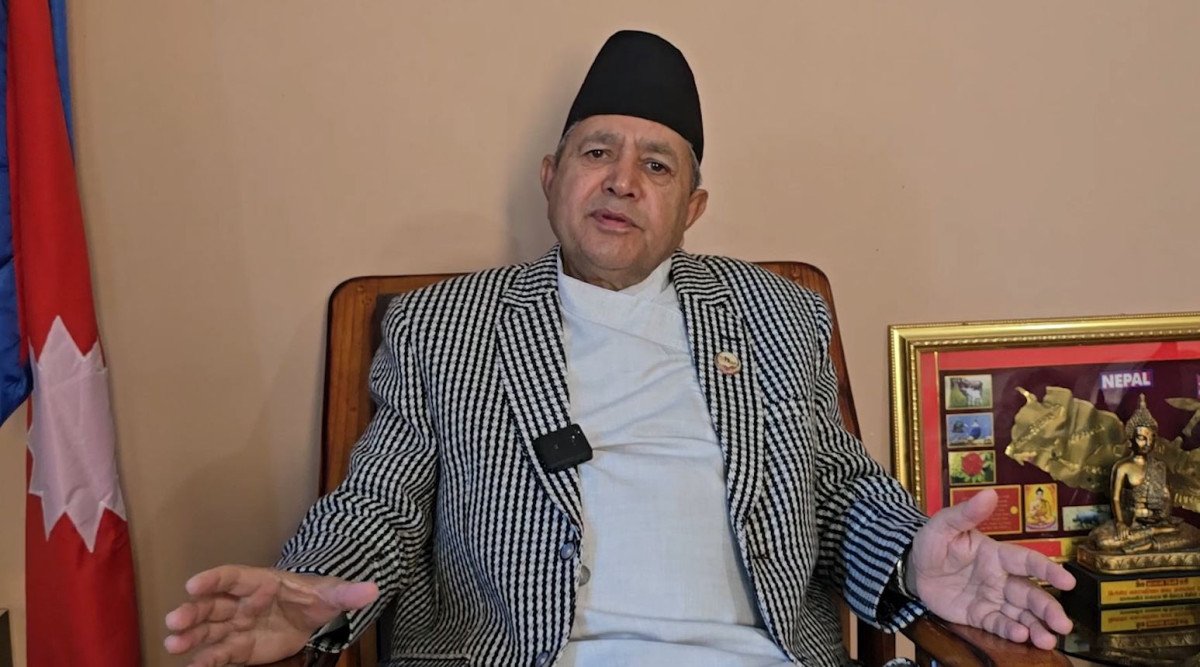
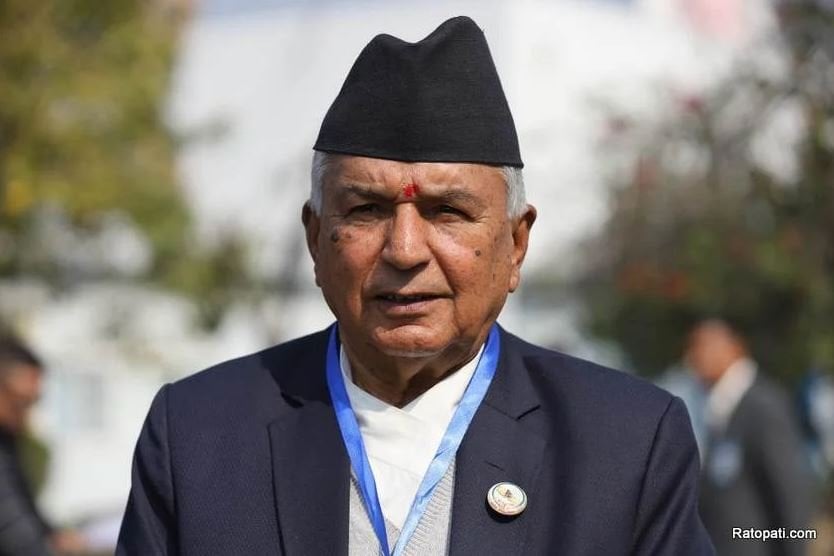



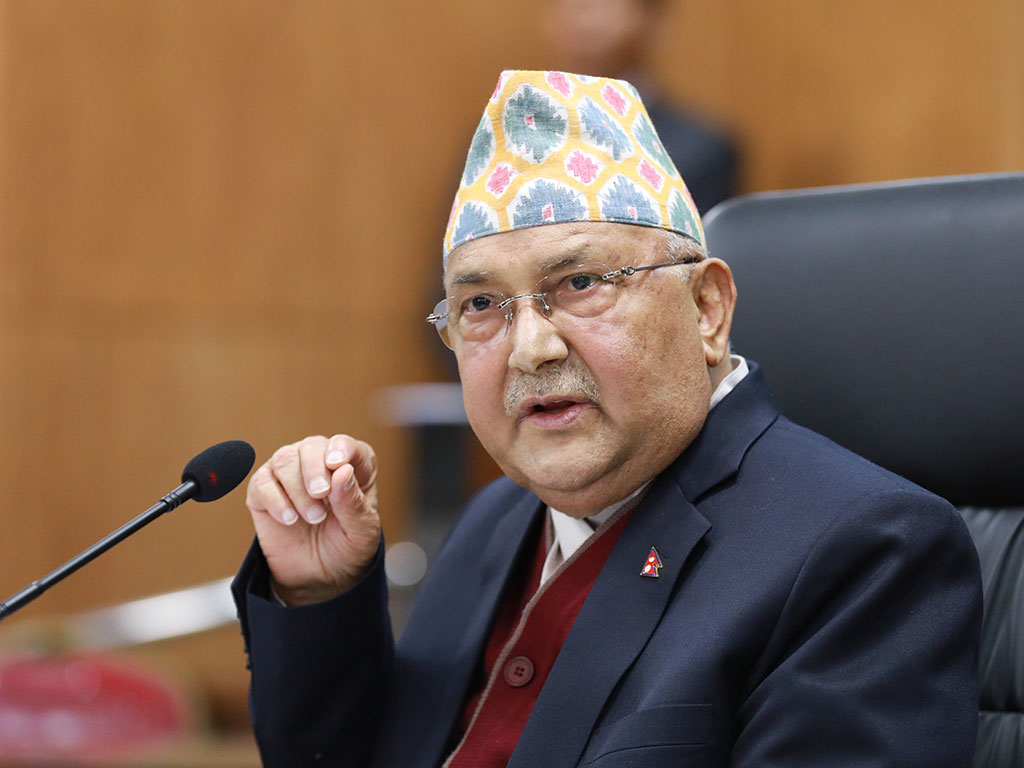
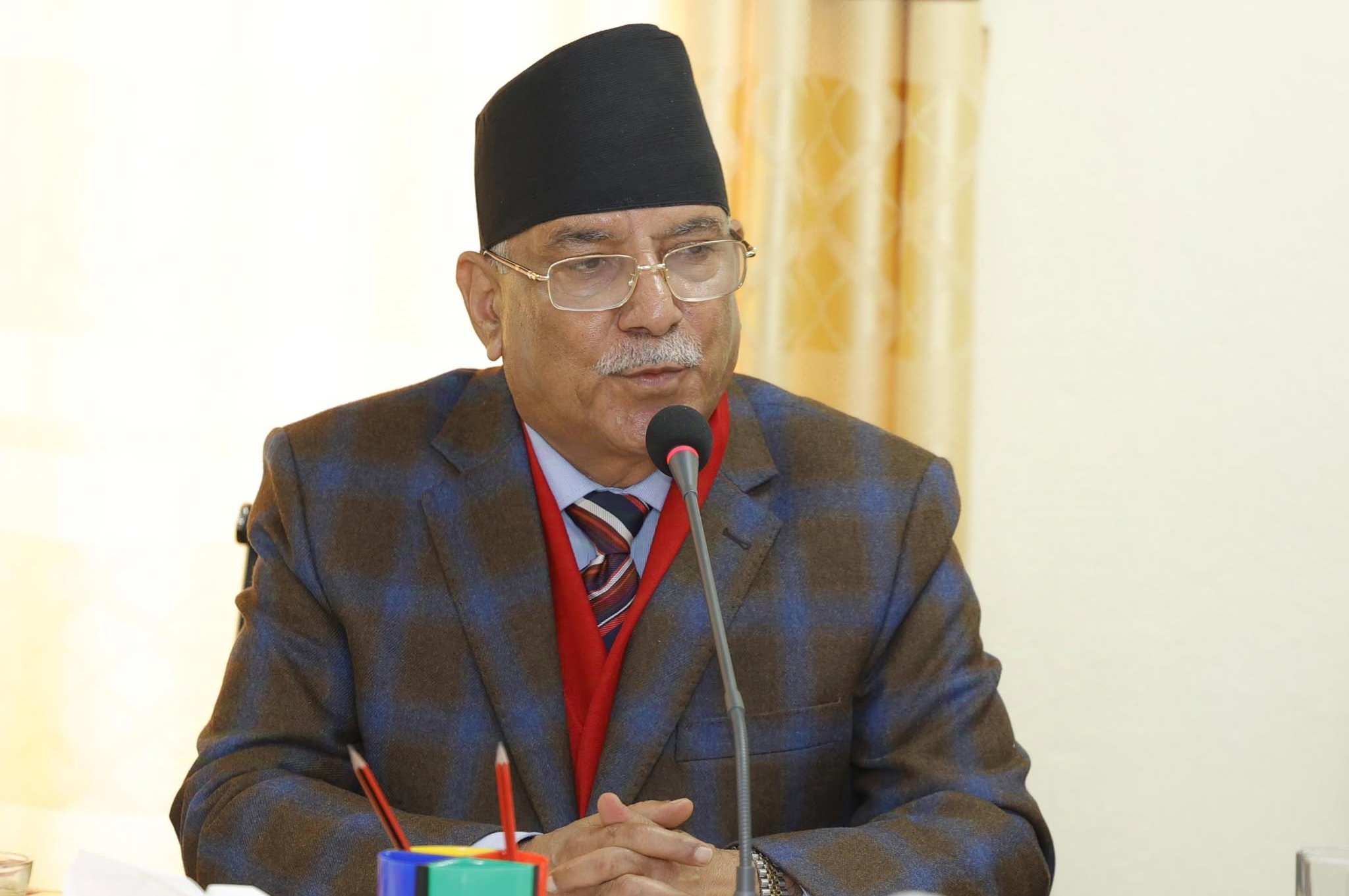
Leave Comment